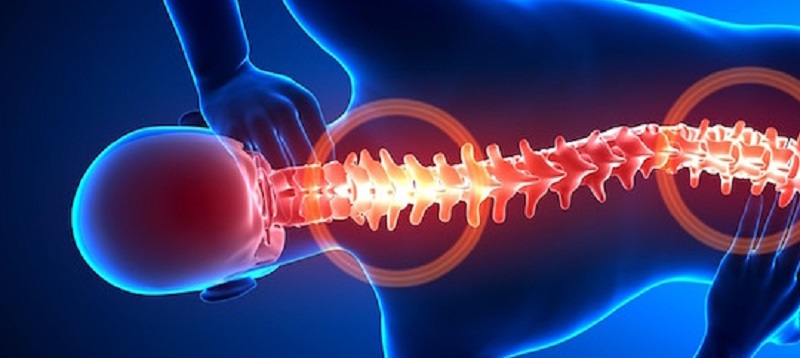Posting of the doctoral thesis “Women on sick leave for long-term musculoskeletal pain: Factors associated with work ability, well-being and return to work” by Mamunur Rashid at the Faculty of Health and Occupational Studiessker in the library on Wednesday 18 December at 12:15.
Datum: onsdag den 18 december
Tid: 12:15
Plats: Forskarhörnan
Welcome!
Abstract
Background: Taking sick leave (SL) for long-term musculoskeletal pain (MSP), predominantly in the neck, shoulders and back, is common among women in Sweden. Long-term MSP affects their daily life and causes impaired work ability and long-term SL. Therefore, it is necessary to work from a multidimensional perspective to generate knowledge about factors that may obstruct or promote work ability and well-being in the return-to-work (RTW) process among women on SL for MSP. The aim of the thesis was to identify factors of importance for work ability, well-being and RTW among women on SL for long-term neck/shoulder and/or back pain.
Methods: Study I is a narrative systematic review. An extensive systematic search was performed through the databases Medline, CINAHL and PsycINFO, from their inception until February 2016. The inclusion criteria for the articles were: study population of men and women aged 18-65 years, work absence ≥ 2 weeks, and neck/shoulder or back pain. The outcome variable was RTW. An additional search through reference lists and citations of the included articles was performed in Scopus. A total of 10 studies were selected for the methodological quality assessment and synthesis of the results. Data were synthesized through analysis of the content according to similarities of factors. For Study II-IV, a postal survey was sent to 600 women in central and northern Sweden who were receiving time-loss benefits during the spring of 2016. The inclusion criteria were women aged 18-65 years, ≥ 50% SL from service, SL ≥ 1 month due to neck/shoulder and/or back pain (≥ 3 months), and understanding the Swedish language. The exclusion criteria were rheumatoid arthritis, multiple sclerosis, stroke, cancer, Parkinson, bipolar disease, schizophrenia, and pregnancy. A follow-up survey was sent out in spring 2017 to the 208 women who answered the survey at baseline; 141 responded. Study II was cross-sectional; a multiple linear regression was conducted to determine the association between the factors and work ability and well-being, respectively. Study III had a prospective design with a 1-year follow-up. A multiple logistic regression was conducted to determine whether work ability and well-being predicted RTW. To assess the discriminative ability of the Work Ability Index (WAI) and Life Satisfaction questionnaire (LiSat-11) regarding women who did RTW and those who did not RTW (NRTW), Receiver Operating Characteristic (ROC) curves were used. Study IV also had a prospective design with a 1-year follow-up. Cluster analysis was performed to identify potential predictors, and a multiple logistic regression model was used to identify significant predictors of RTW.
Results: Study I suggested that recovery beliefs, health-related factors and work capacity may be important areas to target in interventions for women and men with long-term neck or back pain. The review also showed that there is a lack of high-quality studies. Study II showed that believing one would return to the same work within 6 months, pain intensity and job strain were associated with work ability among women on SL for long-term neck/shoulder and/or back pain. Self-efficacy and depression were associated with well-being. The findings from Study III indicated that work ability was important for RTW in this group of women. The WAI adequately discriminated between RTW and NRTW. The LiSat-11 did not predict RTW or discriminate between RTW and NRTW. The results from Study IV indicated that coping through increasing behavioral activities, believing one would return to the same work within 6 months, and social support outside work predicted RTW in this group of women.
Conclusions: The results from the empirical studies on women only were partly in agreement with results found in the narrative systematic review on men and women. In light of this, future studies may benefit from investigating prognostic factors for RTW among men and women separately. Factors that emerged in the empirical studies would need to be tested in a weighted model to identify whether any of them mediate or moderate the outcome variable RTW.
Illustration source: https://www.flickr.com/photos/esthermax/30230911806 (Adjusted in size to fit the layout)






